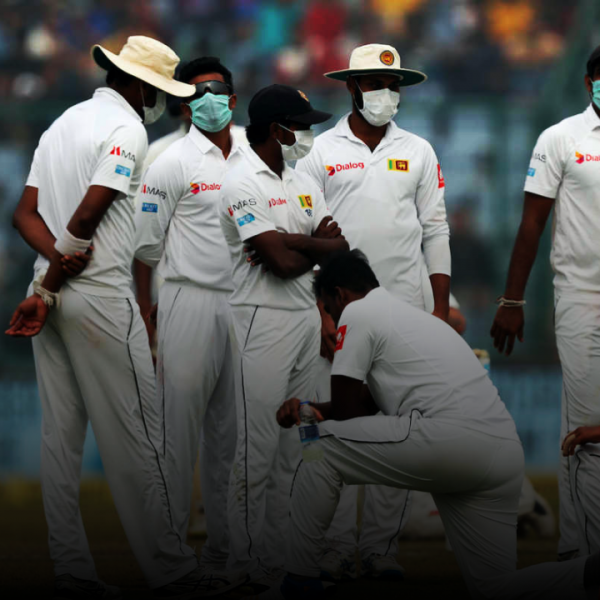
Sri Lanka has a lot of vehicles on its roads- nearly 6.8 million in fact. For a comparatively small and developing country, these figures could be either impressive or ridiculous, depending on the way you look at it. And if you view it in context of the chaotic state of our roads, we are pretty sure you would pick ridiculous.
The typical Sri Lankan street is congested mess of honking, screeching, speeding and creeping motorized monsters which have made commuting a nightmare and driving a health hazard. Commercial hubs like Colombo are hardest hit- for instance, statistical data tells us that nearly 500,000 vehicles enter the city every day- and this steady rise in vehicle numbers has cost us a lot in terms of time, economic productivity, and even lives.
Yes, lives. Because hand in hand with our increasing vehicle numbers is a rapidly escalating prevalence of road accidents.
The Rise Of Road Accidents
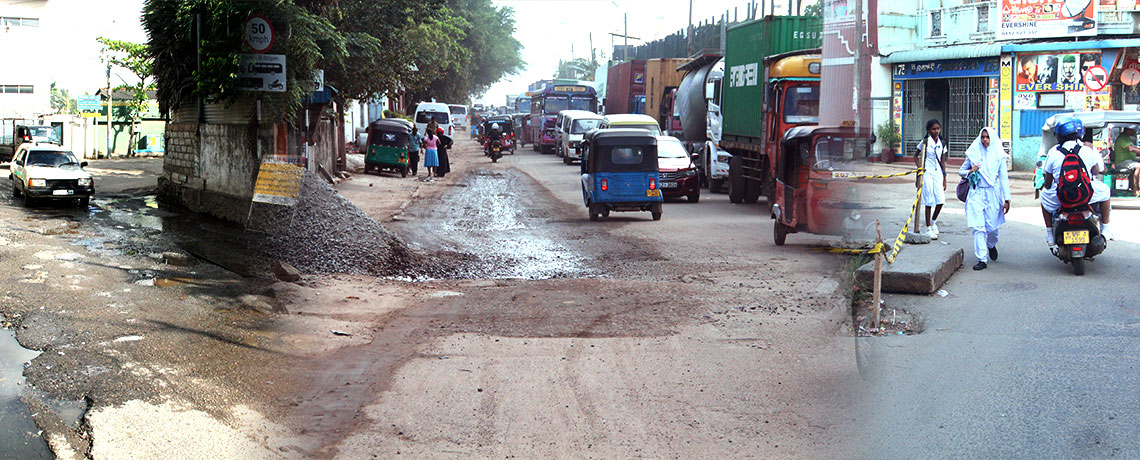
We see it in the newspapers all the time; head-on collisions, crashes and pile-ups by the dozen, with countless people sustaining injuries and losing their life through mishaps on the road. According to WHO statistics, more than 1.25 million people die globally from road traffic accidents each year. Out of these fatalities, a whopping 3500 of them are from this comparatively tiny lower middle income nation in the Indian Ocean.
National road accident statistics are alarming to say the least; last year alone saw a staggering 13592 minor accidents, 8144 critical accidents and 13072 accidents with damages only. A glance at the figures recorded over the years will show you that their frequency has been steadily increasing. For instance, the year 1990 saw 1714 fatal road accidents, while the year 2000 saw 1992 of them. The figures continue to climb with time, with 2141 fatal accidents occurring in the year 2005, 2824 in 2016 and finally 2924 last year in 2017.
Why Is Driving In Sri Lanka Such A Risky Business?
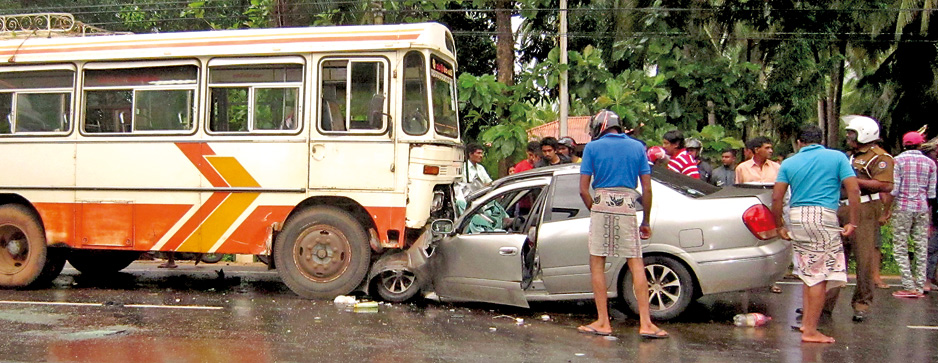
It is not just the high density of vehicles that make driving in Sri Lanka such a nightmare; there are plenty of other factors that contribute as well.
Indifference to traffic regulations, recklessness and drunk driving are some of the top contributory factors. For instance, this avurudu season alone saw more than 60 road deaths and about 193 reported road accidents, with people capitalizing on the air of festivity to throw caution to the winds and road rules out of the window.
Other contributory factors include:
· Drivers who may lack necessary skill and experience
· Defects in road infrastructure and design
· Low safety standards in vehicles
· Insufficient legal deterrents
· Poor traffic control
The Need For Financial Safeguards On The Streets
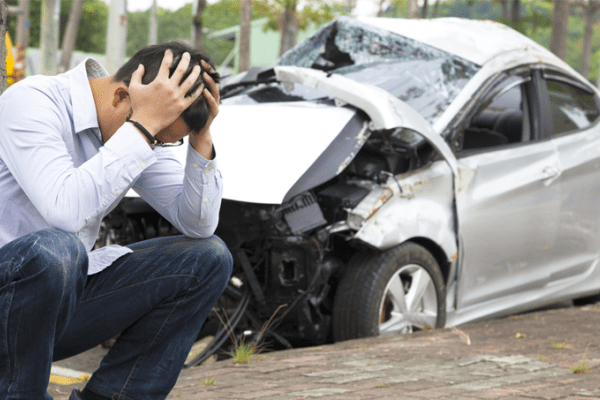
Do you pride yourself in safe driving? Well good for you because this country definitely needs more safe drivers out there. That said, you can be the most careful motorist in the city and follow every traffic rule by the book, but at the end of the day, you are just as susceptible to a car smash-up as that reckless tuk-tuk guy who just cut ahead of you.
It sounds cliche enough to elicit an eye-roll but accidents happen. It happens to good drivers and to bad ones, and there is no knowing when it can strike; all it can take is one untimely turning or a second long distraction (not necessarily yours) and you could end up in a ditch with a crumpled fender and shattered windshield. In fact, there is no knowing whether a fifty thousand (or five hundred thousand) rupee repair bill is looming on your horizon, waiting to swoop down and engulf you with financial chaos.
This is where your motor insurance comes in.
Insurance might seem like an unnecessary expense; after all, you are paying regularly for something you might (hopefully) never really use. But accidents are unpredictable, and a motor insurance acts as a sort of financial safeguard for yourself, your family and your vehicle. In fact, under Sri Lanka’s Motor Traffic Act of 1950, it is illegal to put any vehicle on the road without first obtaining insurance against third party risks.
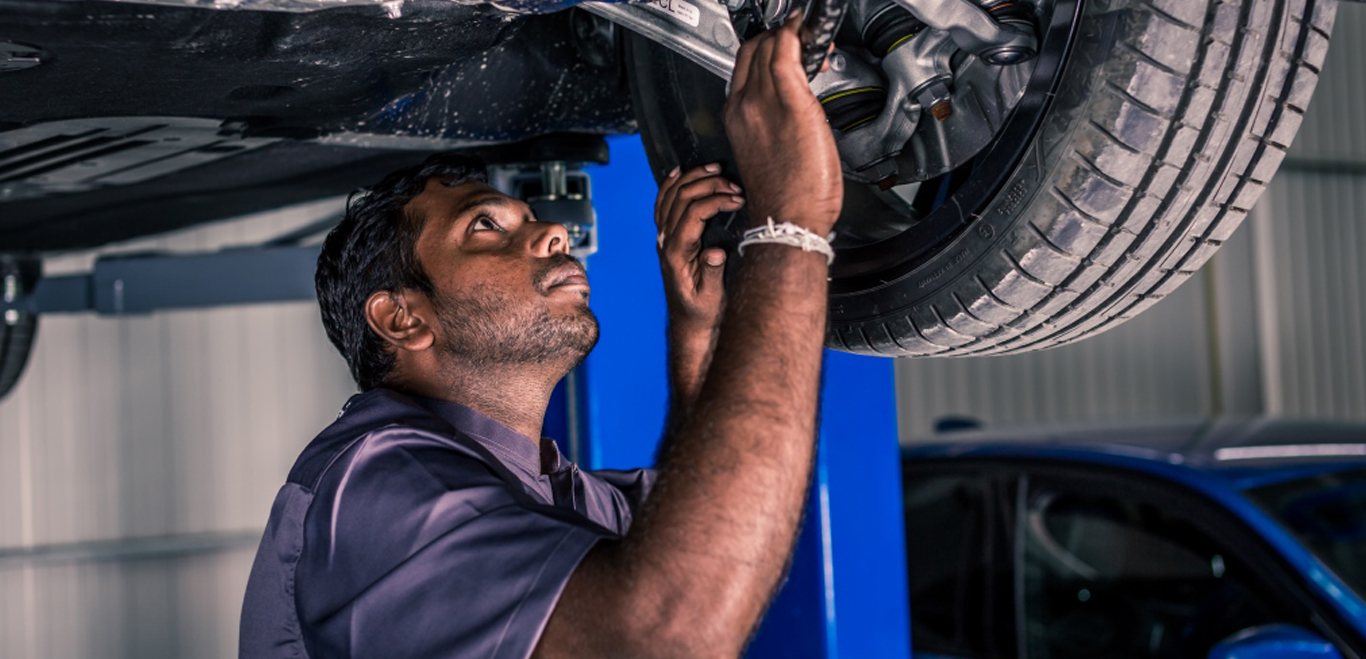
Try to imagine yourself being the victim of an accident (for illustrative purposes only, we sincerely hope you stay safe on the streets) through no fault of yours. Here’s the possible scenario if you are not safeguarded by motor insurance: you ring up outrageous repair and hospital bills which leave you up to your ears in debt.
However if you do have a motor insurance, it’s a different picture entirely. Your vehicle repair expenses are covered, you get free accidental hospitalization, and you could even get your car towed gratis. No sudden expenses setting you back by tens of thousands of rupees. No unexpected financial hassles. You can be back on your feet in no time.
While there are a number of insurers out there claiming to be the best at what they do, Fairfirst Insurance has a unique concept which they call A La Carte Insurance. Like any other type of insurance it watches your back when you are out on our chaotic streets and helps you pick yourself up in the event of a mishap. But like the word a la carte suggests, the insurance is offered to you in tailormade ‘pieces’ so that you get to decide what parts of your vehicle you want insurance for. For instance, it can be the whole vehicle or certain parts of it- the front, the back, the sides, or the insides. Basically, they allow you to customize your own policy to complement your needs and your wallet.
What is even greater is that Fairfirst Insurance approaches the issue of Sri Lanka’s unsafe roads with a double-pronged stratagem. They do not just step in to help after all the damage has been done, they also proactively work towards preventing road accidents through their CSR projects. Having partnered with the Sri Lanka Traffic Police Headquarters, they carry out island-wide road and safety awareness programs in schools, as well as a unique initiative which focuses on training school traffic wardens. Traffic wardens are vested with the same authority as a traffic policeman, and play an important role in traffic safety.
It doesn’t matter what you drive, a car, motorbike or even a tuk-tuk; if the fates decide to throw a collision (or some other accident) your way, they will have you covered.
Visit Fairfirst’s Online Shop for more information.








